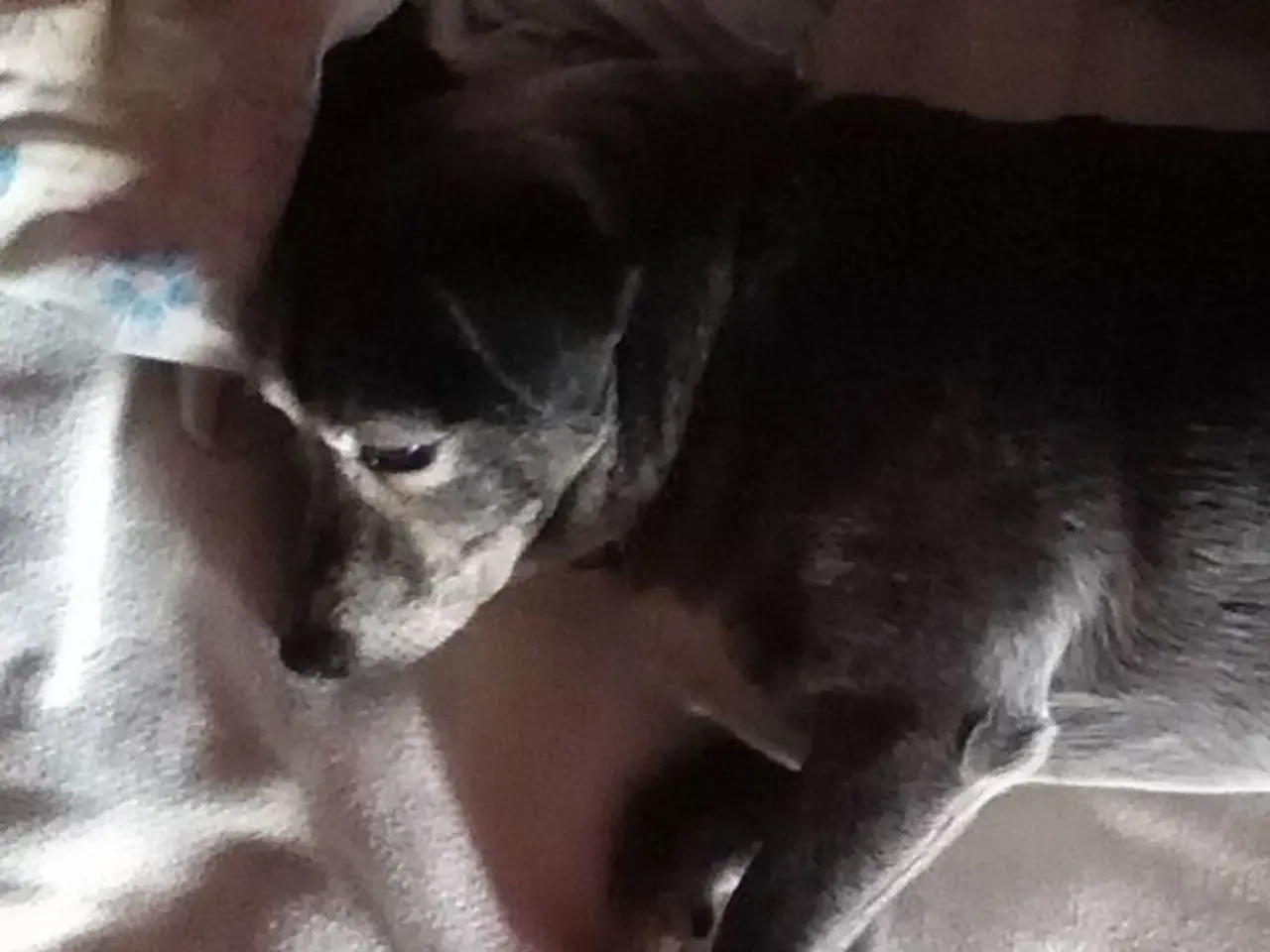Life Stages, Transmission, and other Facts about Lice
Head lice are a common problem, particularly among children, but with the right knowledge and precautions, they can be effectively managed. This guide provides an overview of head lice, their life cycle, prevention methods, and treatment options.
Head Lice Life Cycle
Head lice have a three-stage life cycle: egg (nit), nymph, and adult. Nits take 6 to 9 days to hatch, and a louse hatches from an egg after 6 to 7 days. The first molt of a nymph occurs two days after hatching, followed by the second molt 5 days later, and the third molt 10 days after hatching. An adult louse emerges from its third molt.
Prevention Measures
To prevent the spread of lice, it is essential to avoid close personal or hair-to-hair contact, share clothing, use a specific comb or brush, and soak brushes or combs in hot water. Lying on the bed, couch, or carpet and using a recently used pillow can promote the spread of lice.
To prevent lice outbreaks in schools, camps, and communities, teaching children to avoid activities that may spread head lice is crucial. Other preventive measures include storing items that a person cannot wash in a sealed plastic bag for 2 weeks, vacuuming furniture, carpets, rugs, and the floor, machine washing bed linens, clothing, and other items that a person wore or used.
Preventive measures for head lice infestation also include using lice-repellent products (such as those containing natural oils like tea tree or neem) and keeping long hair tied up tightly in braids, buns, or ponytails to hinder lice from grabbing onto loose hair.
Treatment Options
Treatments for lice include creams and medicated shampoos, some of which are available over the counter (OTC), while some require a prescription. OTC medications include pyrethrins, such as Rid and Pronto, or Permethrin lotion, such as Nix. Prescription medications for lice treatment include benzyl alcohol lotion (Ulesfia), ivermectin lotion (Sklice), malathion lotion (Ovide), and spinosad (Natroba).
After treatment, an individual can use a fine-toothed comb to remove the hair's remaining live lice and dead ones. It is important to continue rechecking weekly for 2 to 3 weeks for remaining signs of lice or nits. Retreatment may be necessary to kill remaining nymphs before they can produce new eggs.
Conclusion
By understanding the life cycle of head lice and implementing prevention and treatment measures, individuals can help break the life cycle of lice and prevent infestations. Regular head checks, washing and disinfecting personal and household items, and using safe lice-repellent products as needed are essential components of a comprehensive prevention strategy. These combined measures reduce the likelihood of lice transmission and allow for early intervention if infestations occur.
- Head lice, common among children, wholly hatch from eggs, called nits, within 6 to 9 days, and an adult louse emerges after three molts.
- The first molt of a nymph occurs two days after hatching, followed by the second five days later, and the third on the tenth day.
- Close personal or hair-to-hair contact, sharing clothing, using a specific comb or brush, lying on shared furniture, and using a recently used pillow can foster lice spread.
- To prevent lice spread, children should avoid activities that may transmit lice.
- Storing untouchable items in a sealed plastic bag for two weeks, vacuuming furniture, carpets, rugs, and the floor, and machine washing bed linens, clothing, and other items used by an infected individual are also essential preventive measures.
- Lice-repellent products containing natural oils like tea tree or neem can also contribute to prevention.
- Long hair kept tied up tightly in braids, buns, or ponytails hinders lice from grabbing onto loose hair.
- Treatments for lice include over-the-counter (OTC) creams and shampoos like pyrethrins (Rid, Pronto) or Permethrin lotion (Nix) and prescription medications such as benzyl alcohol lotion (Ulesfia), ivermectin lotion (Sklice), malathion lotion (Ovide), and spinosad (Natroba).
- After treatment, a fine-toothed comb can remove remaining live lice and dead ones from the hair.
- Rechecking for lice or nits weekly for 2 to 3 weeks is necessary following treatment to catch lingering infestations.
- Retreatment might be required to eliminate any remaining nymphs before they can produce fresh eggs.
- Proactively understanding lice's life cycle and implementing prevention measures aims to halt the transmission of lice.
- Regular head checks, washing, and disinfecting personal and household items, and using safe lice-repellent products as needed form the core of a comprehensive prevention strategy.
- By adopting these measures, the probability of lice transmission is significantly reduced, enabling early intervention if infestations arise.
- In the sphere of health-and-wellness, mental-health, skin-care, and science, it is essential to educate oneself on head lice, their prevention, and treatment options to maintain both physical and mental well-being and an attractive appearance, potentially employing lice-repellent CBD products to fortify defenses against lice infestations.




